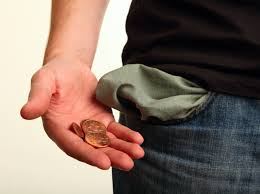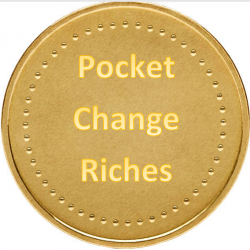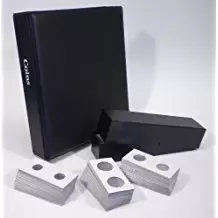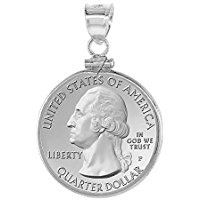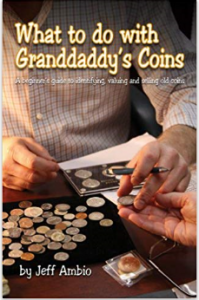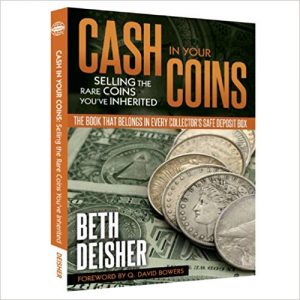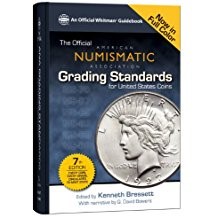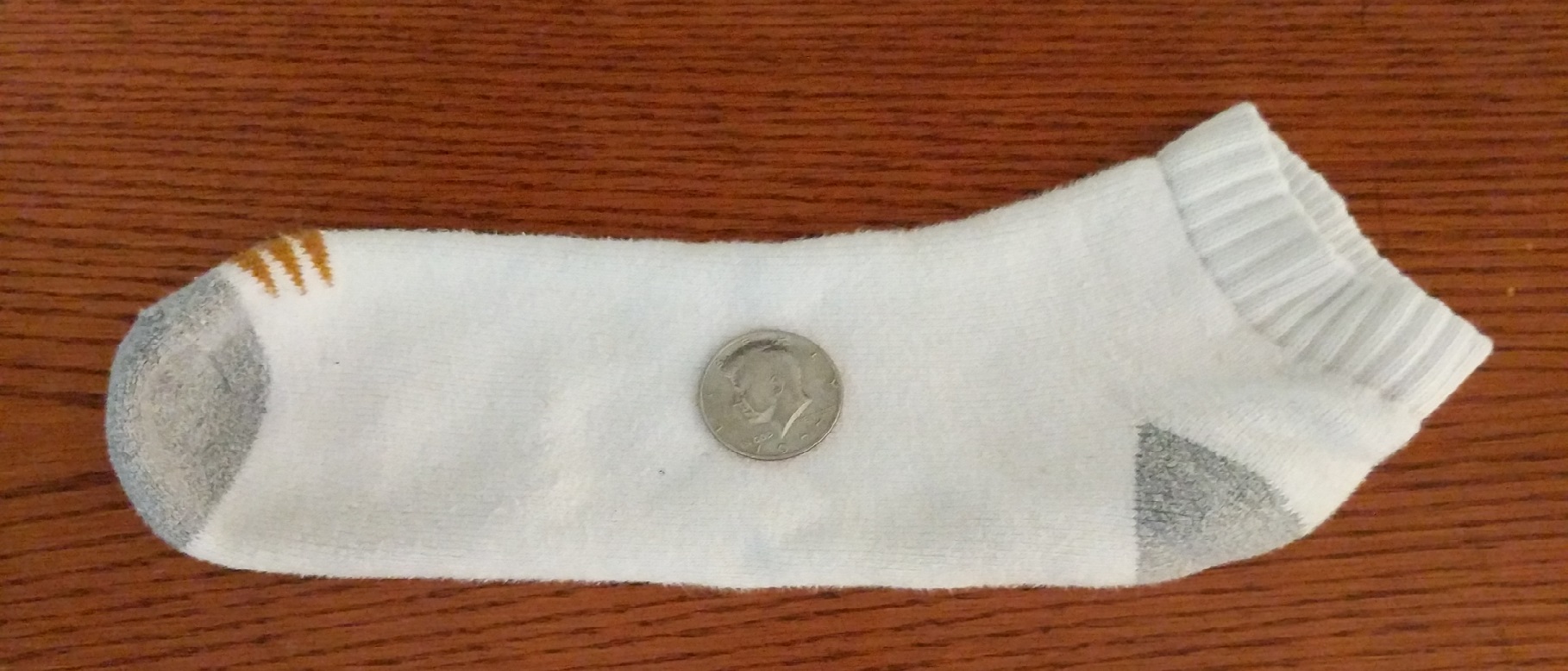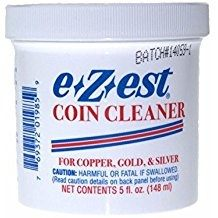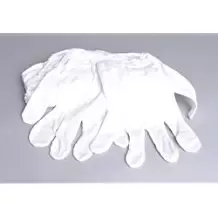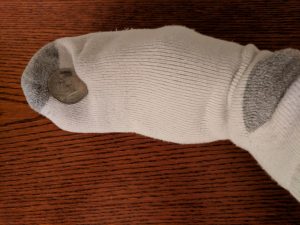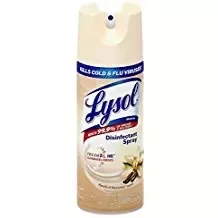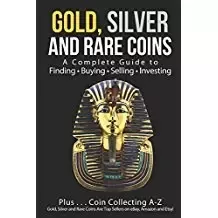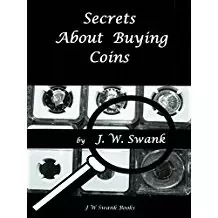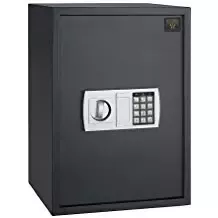He uses Mothers Metal Polish and a Dremel tool with a buffing wheel. (Links to Amazon)
Where can I get my coin collection converted into cash?
Several caveats; Don’t clean the coins, Keep them together in some boxes and handle them with white gloves or a sweat sock to keep finger oils off the coins. Take pictures of them to send to a remote appraiser and to establish that you had them (proof of ownership). If you are going to keep them, organize them into coin flips and tubes, and make notations on the contents, condition, and dates. Consider getting a safe, to keep them together and secure. (coins can weigh a lot, too – keep that in mind).
Selling to a reputable dealer, collector, (or pawn shop) is the fasted route to liquidating your collection for cash. Keep in mind that these buyers are looking for values below market, to reduce their risk and make a profit on the eventual sale; you may be offered between 10 and 70% of the retail value of your coins.
If you have the time and ambition, you can use the internet for valuing your coins, and sell them on your own. Craigslist, EBay, and some of the popular coin sites (forums and for sale sections) are your best options.
Why do coins smell so bad?
You can use a coating for your hands, like Pro-Tek Invisible Glove Lotion.
